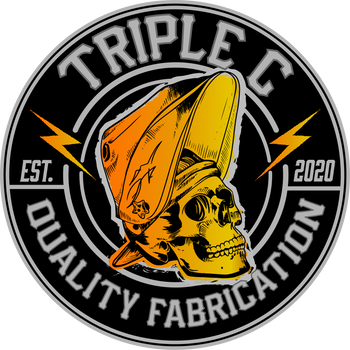When it comes to creating a metal product, prototyping is an essential step in the manufacturing process. Prototyping allows you to test and refine your design before moving forward with production. In this blog post, we will explore the metal prototyping process and provide you with a step-by-step guide on how to prototype a metal product.
What is Metal Prototyping?
Metal prototyping is the process of creating a functional prototype of a metal product. It involves transforming a design concept into a physical object that can be tested and evaluated. Metal prototypes are used to validate the design, assess its functionality, and identify any potential issues or improvements before mass production.
Step 1: Design and Conceptualization
The first step in metal prototyping is to create a detailed design and conceptualization of your product. This involves sketching out your ideas, creating 3D models, and using computer-aided design (CAD) software to refine your design. It is important to consider factors such as material selection, manufacturing processes, and product functionality during this stage.
Step 2: Material Selection
Choosing the right material for your metal prototype is crucial. Consider the properties of different metals, such as strength, durability, and corrosion resistance. Select a material that aligns with your product requirements and manufacturing capabilities.
Step 3: Manufacturing Process Selection
Once you have finalized your design and material selection, it's time to choose the manufacturing process for your metal prototype. Common metal manufacturing processes include CNC machining, sheet metal fabrication, casting, and 3D printing. Select a process that is suitable for your design complexity, material, and budget.
Step 4: Prototype Fabrication
With the design, material, and manufacturing process in place, it's time to fabricate your metal prototype. This involves using specialized equipment and machinery to transform your design into a physical object. Skilled technicians and engineers will oversee the fabrication process to ensure accuracy and quality.
Step 5: Testing and Evaluation
Once your metal prototype is fabricated, it's time to test and evaluate its performance. Conduct thorough testing to assess factors such as functionality, durability, and structural integrity. Identify any design flaws or areas for improvement and make the necessary adjustments.
Step 6: Iteration and Refinement
Based on the results of testing and evaluation, iterate and refine your metal prototype. Make any necessary design modifications to enhance its performance, functionality, or aesthetics. Repeat the fabrication and testing process as needed until you are satisfied with the final prototype.
Step 7: Production Preparation
Once you have a finalized metal prototype, you can begin preparing for mass production. This involves scaling up the manufacturing process, sourcing materials, and optimizing production efficiency. Work closely with manufacturers and suppliers to ensure a smooth transition from prototyping to production.
Conclusion
Prototyping a metal product is a crucial step in the manufacturing process. By following the steps outlined in this blog post, you can effectively prototype your metal product, identify any design flaws, and refine your design before moving forward with mass production. Remember to carefully consider your design, material selection, and manufacturing process to ensure a successful metal prototyping process.

